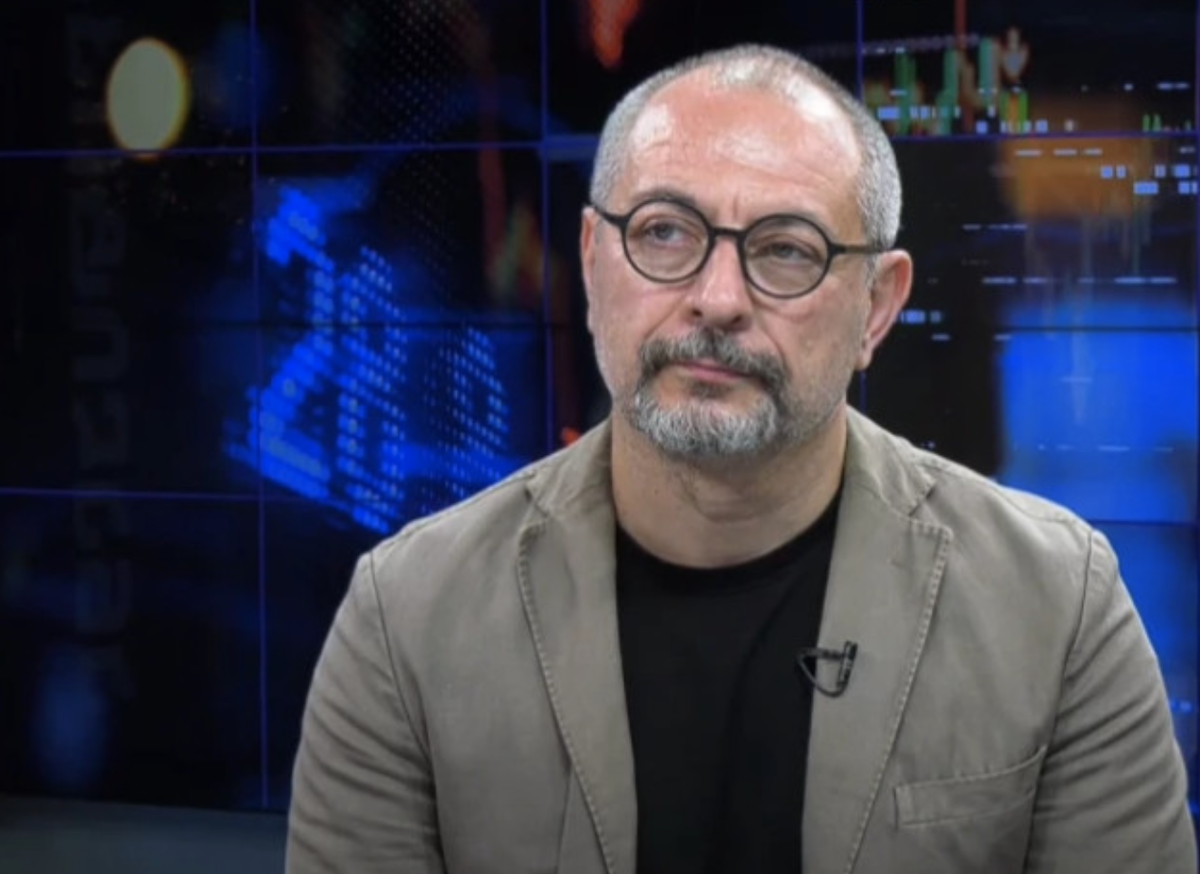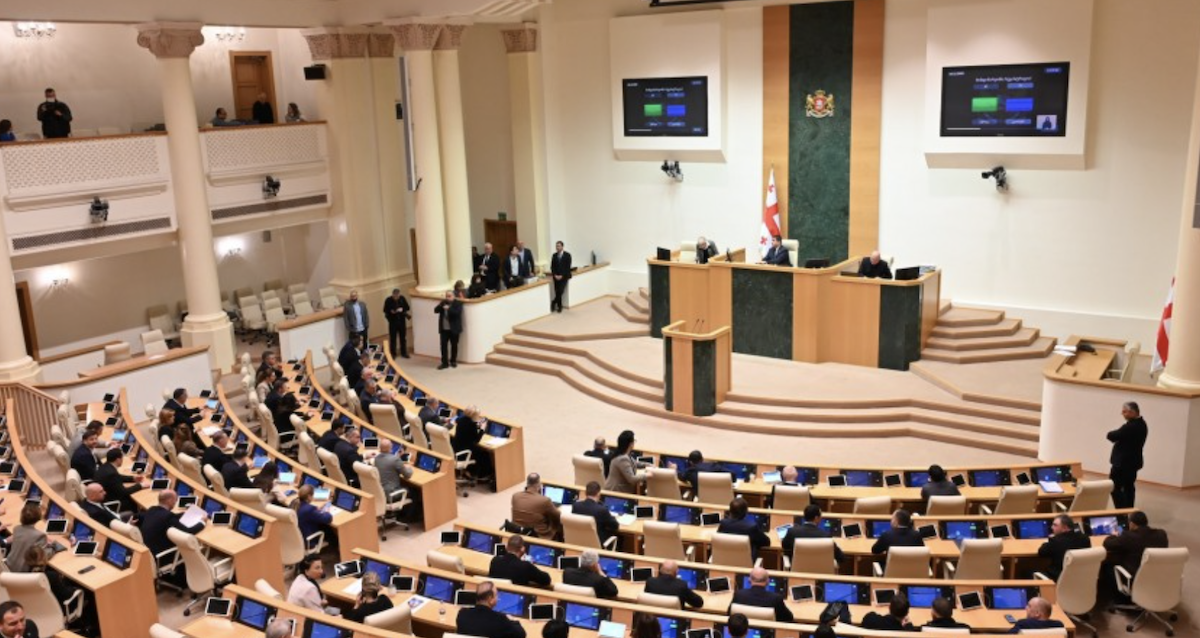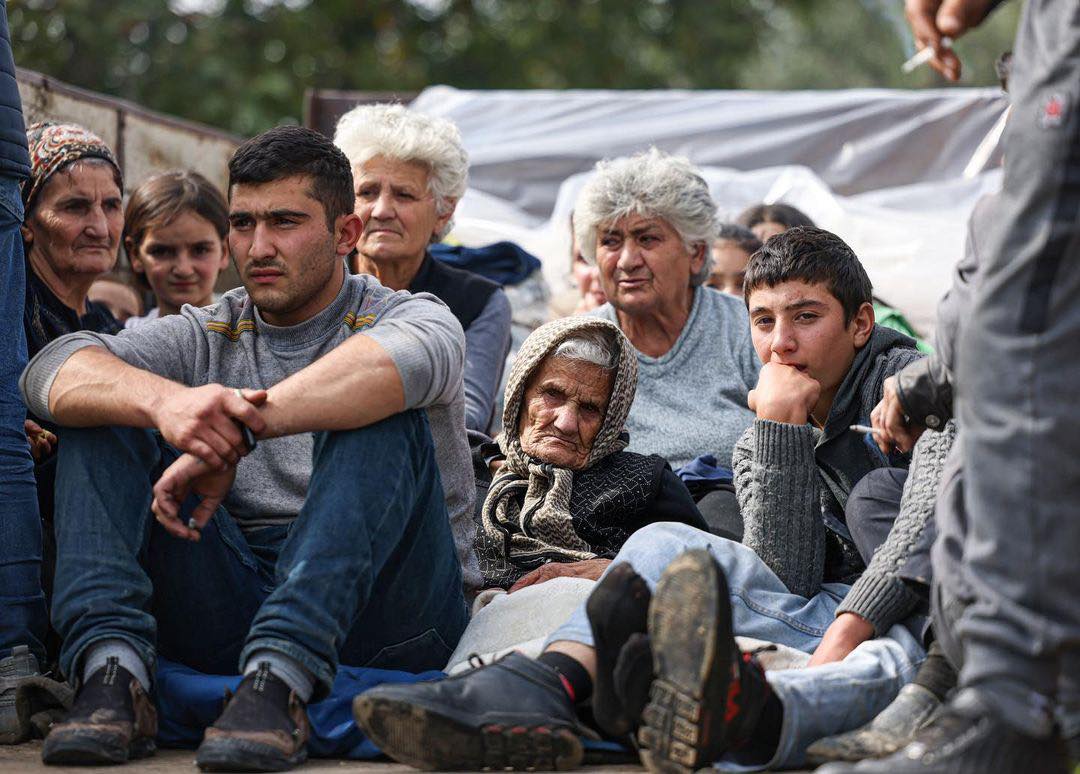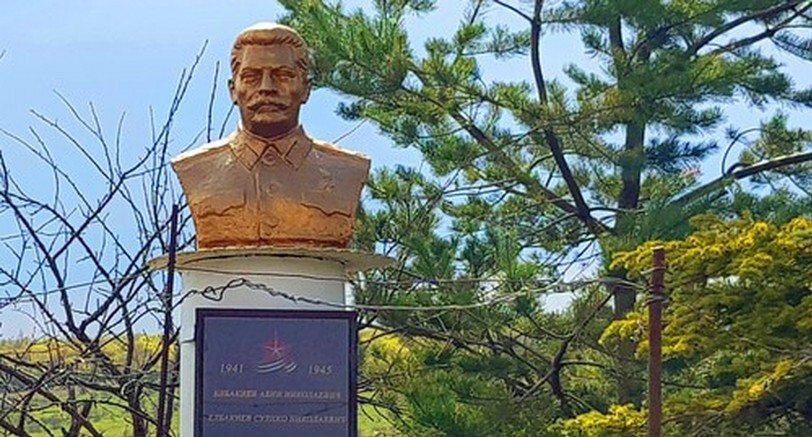Blog: Police baton and memories of the First Nagorno-Karabakh War
Armine Martirosyan from the unrecognized Nagorno-Karabakh Republic tells a story about how she accidentally ended up with a police baton on the eve of the first Karabakh war (1991-1994) and the symbolic role it played during the second Karabakh war of September-November 2020.

“This police baton came to me in 1988 and has come a long and difficult journey, although since then it has never been used for its intended purpose.
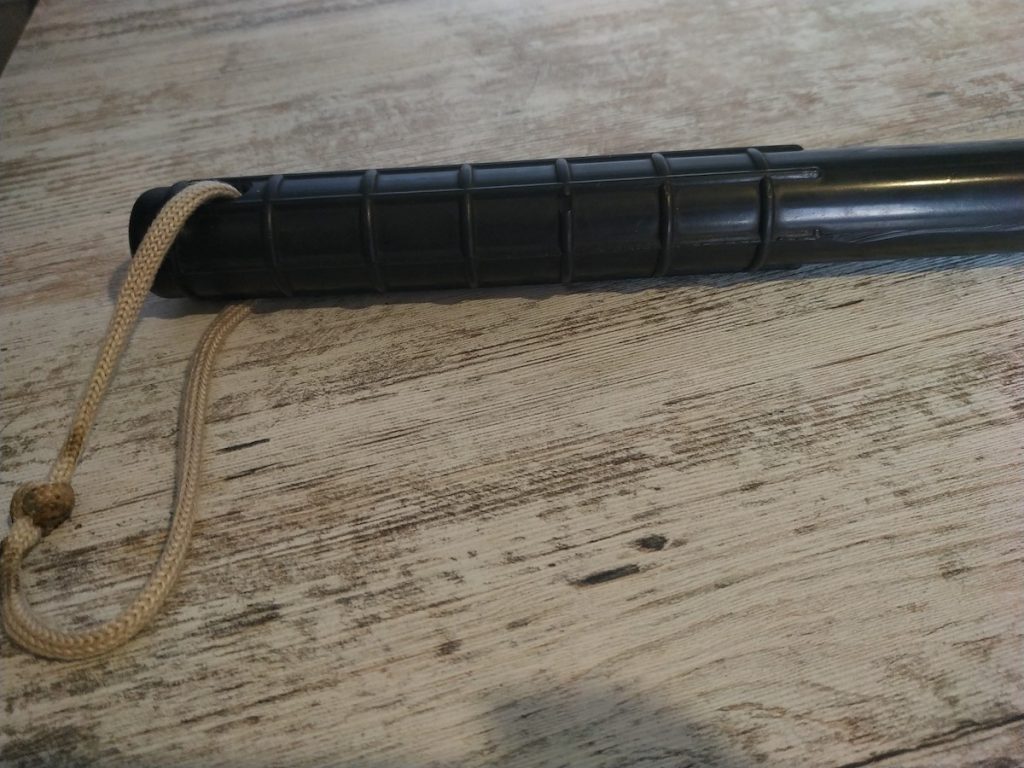
This was the time when dense cordons of special forces were lined up on the streets of Stepanakert (the Azerbaijani name for the city of Khankendi). They would stand there in full uniform: a helmet, a baton, a shield, a menacing look from under the brows.
The armed conflict between Armenia and Azerbaijan took place in 1991-1994 on the territory of the former Nagorno-Karabakh Autonomous Region (NKAO) and its surrounding regions. The outbreak of hostilities was preceded by mass rallies of the Armenian community, which, since 1987 had demanded that the NKAO be transferred to the Armenian SSR.
During the day, the special forces were mainly mobilized around the central square, where the rallies were held, and at night the soldiers slept on the buses. Several of them also parked near our house.
On the one hand, the Armenian community was scared and on the other, there was confidence that the center will not allow any excesses. “The Kremlin will not allow it!”, we said to ourselves.
We would spend the evenings listening to the radio. At 7 o’clock we listened to the Voice of America with neighbors, and at 10 o’clock they watched TV, on which the Moscow news program “Vremya” broadcasted “about the situation in and around Nagorno-Karabakh”.
At first, we were loudly indignant when we heard that we were called “extremists” and “separatists”. Then we got used to it, and then it even became flattering for us.
A Soviet military unit was located next to our house, every morning we woke up from soldiers’ marching songs. The water supply system would be arranged in such a way that water was supplied to residential buildings throughout the district through the territory of the military unit, and a common valve was installed there. Soon the military began to close it as they pleased.
We, residents of the area, had to collect water in buckets and cans from a spring on the street, there were endless queues.
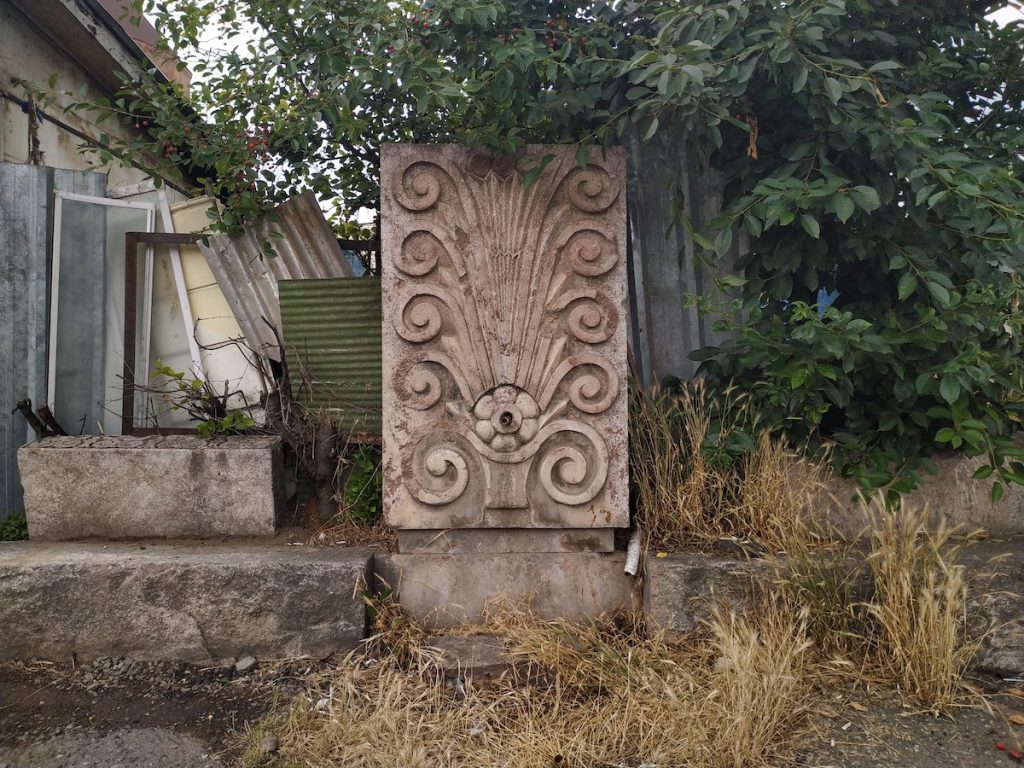
Soon, however, the guys from our yard found a solution to the problem. They bribed the soldiers with a bottle of vodka, and they opened the valve.
One early morning, once again going to fetch water, I saw a commando there. He washed himself noisily, pouring cold water on his face, shoulders, hands. Then he left, having forgotten his rubber truncheon by the spring.
It became my trophy of the first Karabakh war.
In September 2020, the second Karabakh war began. I was able to return to Stepanakert on November 14, after the ceasefire was declared.
The armed conflict in the Karabakh zone between Azerbaijani and Armenian forces lasted 44 days, starting from September 27, 2020. On November 10, the Presidents of Azerbaijan and Russia and the Prime Minister of Armenia signed an agreement on the cessation of hostilities. The agreement included the following clauses: the return to Azerbaijan of control over several regions adjacent to Nagorno-Karabakh; bringing Russian peacekeepers into the region; exchange of prisoners and return of refugees.
The first impressions of the post-war city were not the best. We arrived late in the evening. The streets were shrouded in darkness, only a few windows were lit. There was no gas in the houses, shops did not work.
Faces of the few people we saw on the streets of the city expressed misunderstanding, mistrust, rage, and the search for an answer to the question “what’s next?” Nobody knew what was going to happen next.
I once again left for Yerevan, went around the apartment to take something valuable as a keepsake with me. Usually, leaving their homeland, people take something as a keepsake. Someone takes a handful of land, some get photographs. I took that “trophy” of mine – a baton, and I still don’t know why.
Now, 30 years later, the problem of water is once again urgent in Karabakh. However, now it is no longer on a local scale, as it used to be in 1988.
The Ministry of Foreign Affairs of the (unrecognized) NKR appealed to the OSCE Minsk Group co-chairs with an appeal to create an international monitoring mechanism in Karvachar [the city of Kelbajar, the center of one of the seven regions of Azerbaijan that were under the control of the Armenian side after the first Karabakh war. After the second Karabakh war, it returned under the control of Azerbaijan – the Trajectory project].
It is there that about 98% of the water resources used in Karabakh originate from.
“Otherwise, one of the fundamental rights of the people of Artsakh, the right to water, will be violated, and in fact its very existence [of the people of Artsakh] will again be under threat”, the statement of the Karabakh Foreign Ministry says.
Meanwhile, people are discussing whether the time bribery has come again.
Trajectories is a media project that tells stories of people whose lives have been impacted by conflicts in the South Caucasus. We work with authors and editors from across the South Caucasus and do not support any one side in any conflict. The publications on this page are solely the responsibility of the authors. In the majority of cases, toponyms are those used in the author’s society. The project is implemented by GoGroup Media and International Alert and is funded by the European Union












